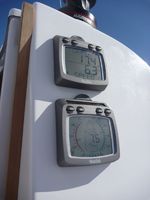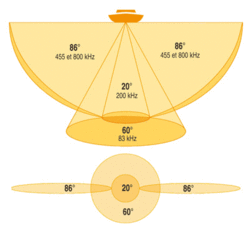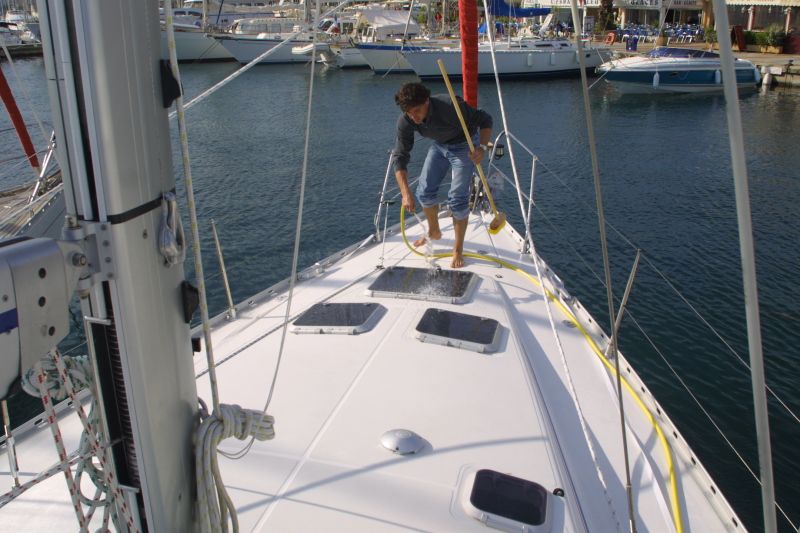Our advices
-
See advice
Multi-windows
Understanding and connecting the equipment may seem complex. It is not as difficult as it seems thanks to multi-windowing. This cuts the screen into multiple windows, each having a function. One may thus display the chart and sounder. Or one may display two levels of zoom on the map, the sounder and the radar. These individual pages are programmable by the user, based upon their activity. A positive development has been made to facilitate the use of the devices to avoid the re-reading of documentation after each winter period!
-
See advice
asic apparatus
The basic instrumentation is intended for motorboats and small sailboats, intending to take day long coastal journeys. It is composed of a logspeedo, to know the surface speed of the vessel and a vane/anemometer to know wind direction and force. A digital sounder (numbered, nongraphic information,) completes the equipment. They are simple and have a read out dedicated to their function, except for some bi or tri-data models; a single screen for two or three sensors. Note that the log-speedo may also indicate water temperature.
-
See advice
Cockpit pilots
The cockpit pilot, for tiller or wheel is not a pilot capable of steering all vessels irrespective of weather conditions. It is reserved for vessels of less than 12m. For larger craft and all-weather use, one must move toward in-board pilots.For boats with tillers, all models presented have sufficient thrust. What makes them different is the response time. If your boat is highly reactive, it is imperative to take a model with a rapid reaction time (4 seconds max.) Contrarily, if they have a slow reaction time you may select a unit with a longer response time. For boats equipped with a wheel, the market choice remains very limited.Tips
Pilots are powerful and should hold whatever the conditions. It is evident that if the boat is poorly set, or overpowered, the pilot will maintain course to the detriment of power consumption. The advice -
See advice
Details
Units with this system offer several features :
- sounder classical (vertical sounding)
- survey side (Side Imaging)
- GPS plotter / card reader
 Two side beams sweep the sides, with a theoretical range of 110 m each. Unlike conventional cone-shaped beams, the beams Side Imaging are very thin in their horizontal dimension, but very wide in the vertical dimension. They therefore behave
Two side beams sweep the sides, with a theoretical range of 110 m each. Unlike conventional cone-shaped beams, the beams Side Imaging are very thin in their horizontal dimension, but very wide in the vertical dimension. They therefore behave -
See advice
Maintenance
Installed on the deck a hatch is subjected to weather and dirt. So that it keeps its transparency, minimal maintenance is required. First, after each trip, rinse with fresh water to remove salt. If the glace has micro-scratches you can remove them with the help of certain products (see plexi polish in the catalogue)as well as a little elbow grease.If the hatch has significant scratches, or internal micro-cracks(due to aging,)it is necessary to change the glass. On the panels with screw closing, never overtighten. Avoid grease on the joints, it holds dirt and forms a kind of glue with salt which damages the rubber.


